The concept is simple — dig into your closet rather than your wallet. Clothes swapping is the new shopping, and for the past five years, Michelle Baldwin has been redefining the sense of newness that we have been conditioned to crave from the fashion industry by hosting clothes swapping events. “Every year in the second weekend of January, I host a free clothing swap that grew from a few friends to a much larger community event. The goal has always been to be a place where we can bring our gently worn closet discards, give them a new home and possibly get a few new things in return,” explained Baldwin.
According to YouGov, four out of 10 people throw unwanted fashion items straight in the bin, rather than trying to repair or recycle them, and this equates to an average of 23 kilograms of textiles and clothing every year. Basically, participating in a clothing swap helps save the world, because it’s an opportunity for all those clothes to be given at least one more round of life. The art of turning waste into something useful assumes great significance and promotes mindful consumption.
303 Magazine sat down with Baldwin to talk about Cloth Swapping and how we too can become conscious consumers and lead a more sustainable fashion lifestyle.
303 Magazine: Tell us about your own journey towards making conscientious fashion choices. Have you always been a conscious consumer or was there a moment when the switch flipped and you started to think more about the way you buy?
Michelle Baldwin: I’ve always unconsciously had a sustainable closet. In high school, I was the president and founder of the “Green Club” and helped start our recycling program. Back then, I started discovering vintage and I’ve always shopped mostly vintage and thrift. I also have pieces in my closet that I’ve had for 20-30 years. Though as more retro fashion shops have opened up online and vintage has gotten more scarce and expensive, I have to admit I have bought more new-to-me clothes in the last few years than I did in the past.
303: Tell us more about this extraordinary event and where this concept of cloth swapping came from. How long have you been running the cloth swapping event?
MB: About 10 years ago, my sister and another friend would trade-off hosting small 10-12 person swaps, but they lost the spaces they were using, so I offered to take it on. This year was the fifth year I hosted and last year it definitely outgrew my tiny house, with over 100 people coming through. We moved it to Buntport Theater this year, which was much better, but it was still very crowded. Next year, we’re moving it to the History Colorado Center, so we can accommodate even more people.
303: Was there a particular moment that motivated you to take action and organize this event?
MB: I am very community-minded and I also love my clothes, so I liked the idea of seeing someone fall in love with the things I couldn’t or did not want to wear anymore, rather just handing my clothing over to a thrift store. I also love that while there are folks who show up with six bags and take two items, there are people who come with nothing and leave with enough clothes for themselves and their family. Often, there are ladies shopping for a new job, or as was the case this year, shopping for a friend who has lost everything due to a fire
303: Do you think that there is a momentum growing for clothing swaps?
MB: I hope there is momentum for clothing swaps. While I love fashion, the industry is very wasteful, and while I do buy new items, I tend to wear them until they are threadbare, or hand them off to friends either at the swap or throughout the year.
303: In your opinion, will fashion swap help people realize that we can all be a part of the solution to fast fashion?
MB: I don’t know if everyone who comes to the swap thinks about the impact they are having on fast fashion or recycling. I’m sure some just come for fun or out of need, but I think some of them definitely have that in mind when they attend.
303: Where do you donate any of the unswapped items?
MB: In the past, the leftover items from the swap have gone to the ARC by my house, I’ve also handed off the warm items to a friend who gives away clothes to the homeless. One year, someone from the local Burning Man community took it all for costuming, with the promise that his discards would go to charity. This year, my helpers just took bags to their local donation stops. I’m hoping that next year we might be able to do more organization and reach out to specific charities and do some sorting at the end of the swap to benefit them.
303: Is a circular fashion industry a realistic possibility in our lifetime?
MB: I don’t know if a circular fashion industry is a realistic possibility in our lifetime. People really love shopping and buying new things, and sadly there is a part of our society that only wants new things and is either afraid of what others might think of them or see second-hand items as below their social status.
303: So, apart from attending the clothing swap, how can one contribute to the sustainable fashion movement in their everyday lives?
MB: I think we can all contribute to the sustainable fashion movement by just buying less and only purchasing things when we really need them and really will wear them. It’s astounding the number of items people bring to the swap with tags still attached. It’s tough when fashion is so beautiful and beckons us to own it, but we have to try and resist.
303: What do you think about the mainstream fashion industry?
MB: I think some of the mainstream fashion industry is trying to adopt more sustainable practices and doing better with human rights issues, but they have a long way to go. Americans especially love fast fashion and want it cheaper and cheaper without thinking about the impact on the environment and humanity. Again, it’s hard to think clearly about it when we see that gorgeous dress in a shop window or online and decide we just have to own it.
303: What does a sustainable closet mean for you?
MB: For me, a sustainable closet is full of items that you really love, pieces that you love so much that you take care of them, that you’ll repair rather than discard. I also think part of that sustainability needs to be thinking about the afterlife of the clothing and handing it off to someone else who can love it if it no longer fits or suits you, or taking too-far-gone clothing to a drop-off center where the fabric can be recycled.
All photography by Amanda Piela.
Location provided by Green Spaces.





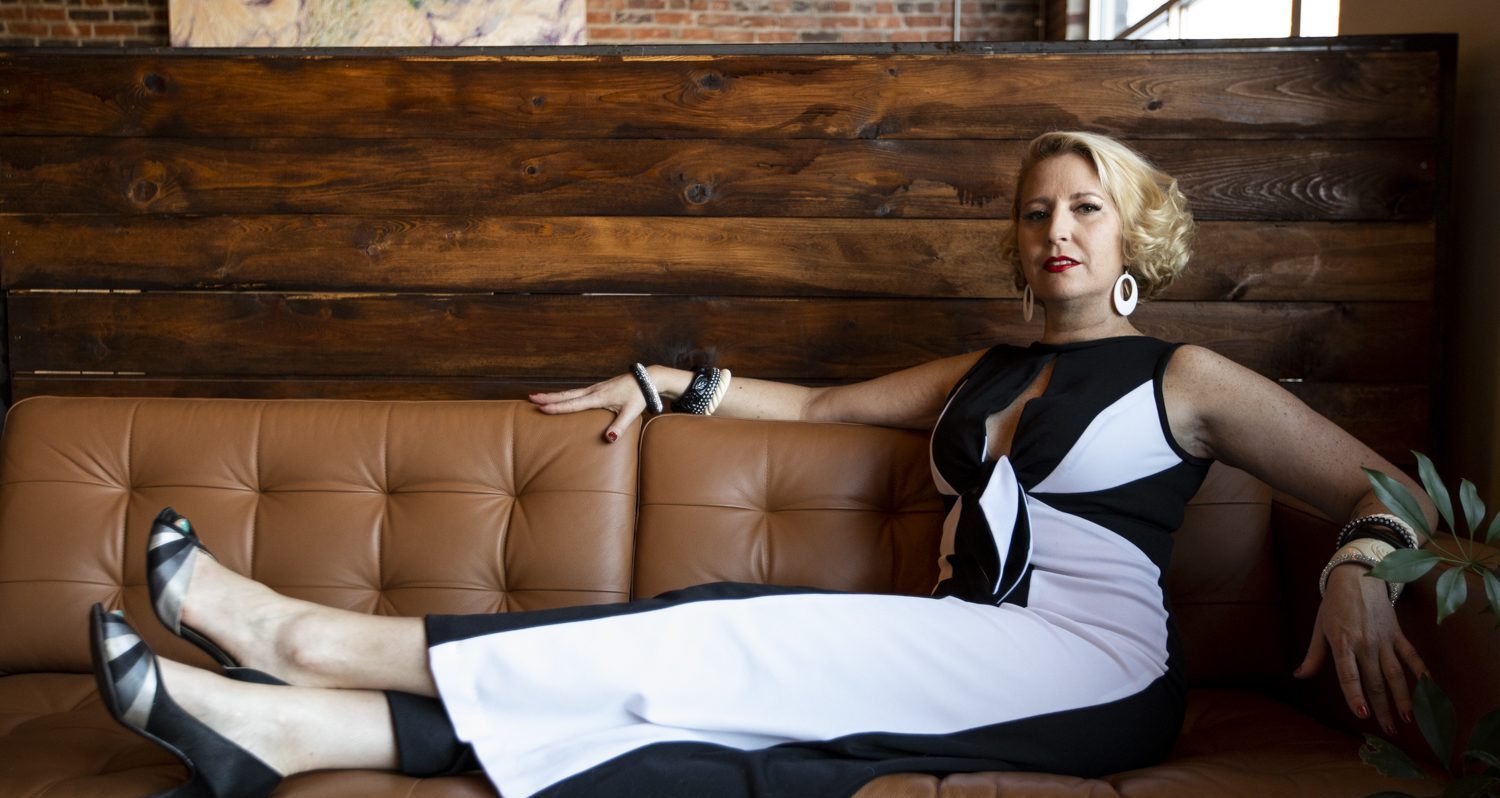
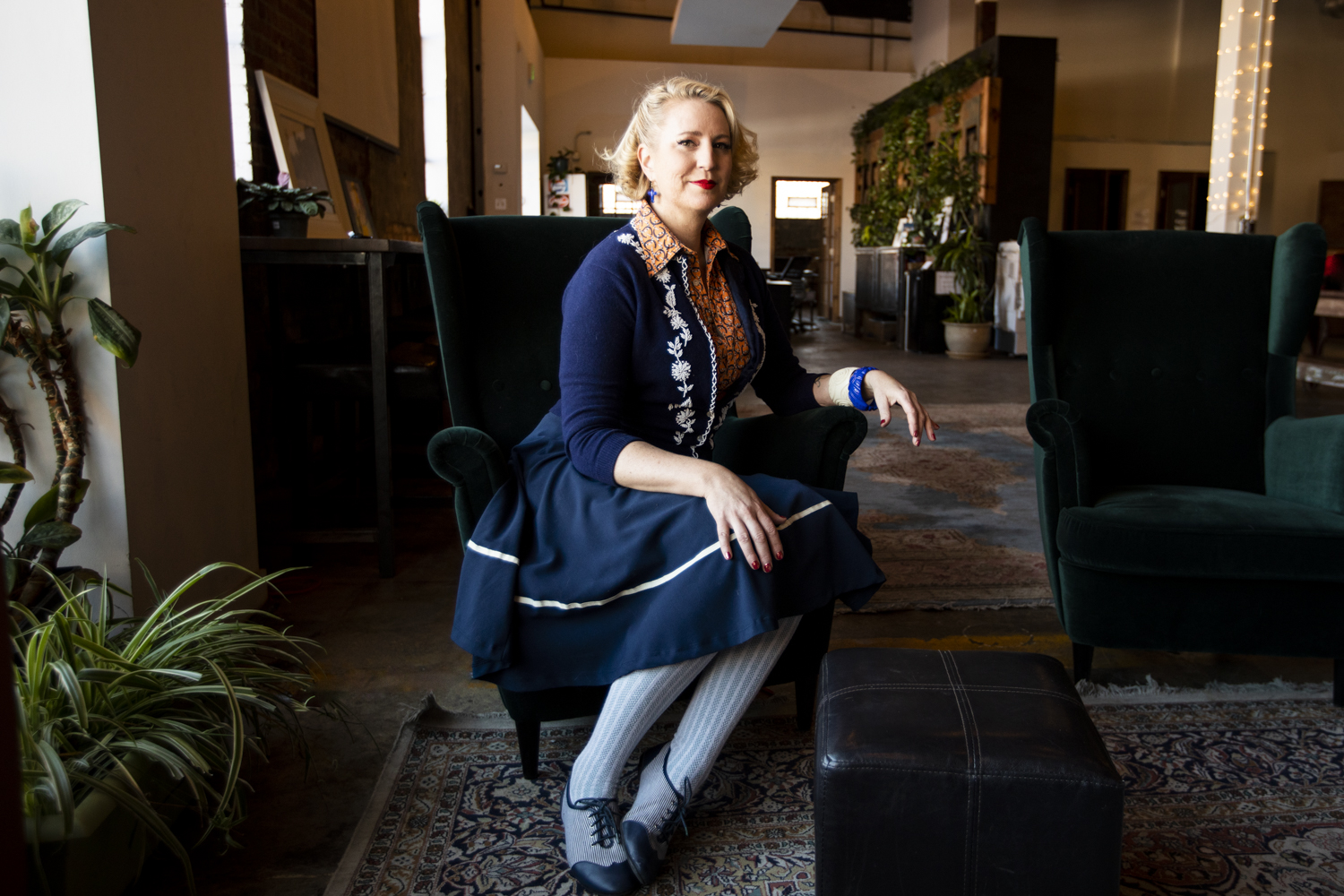
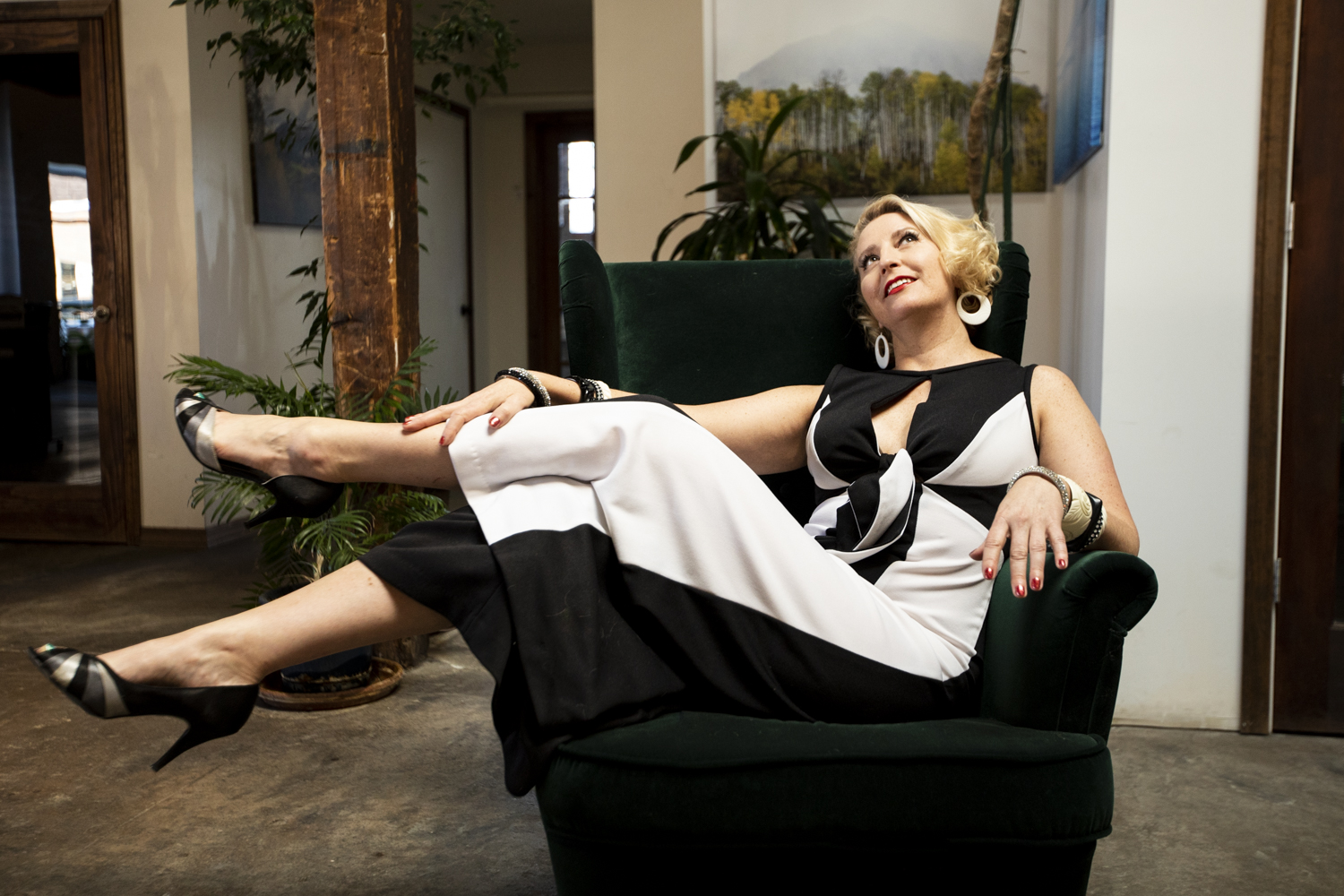
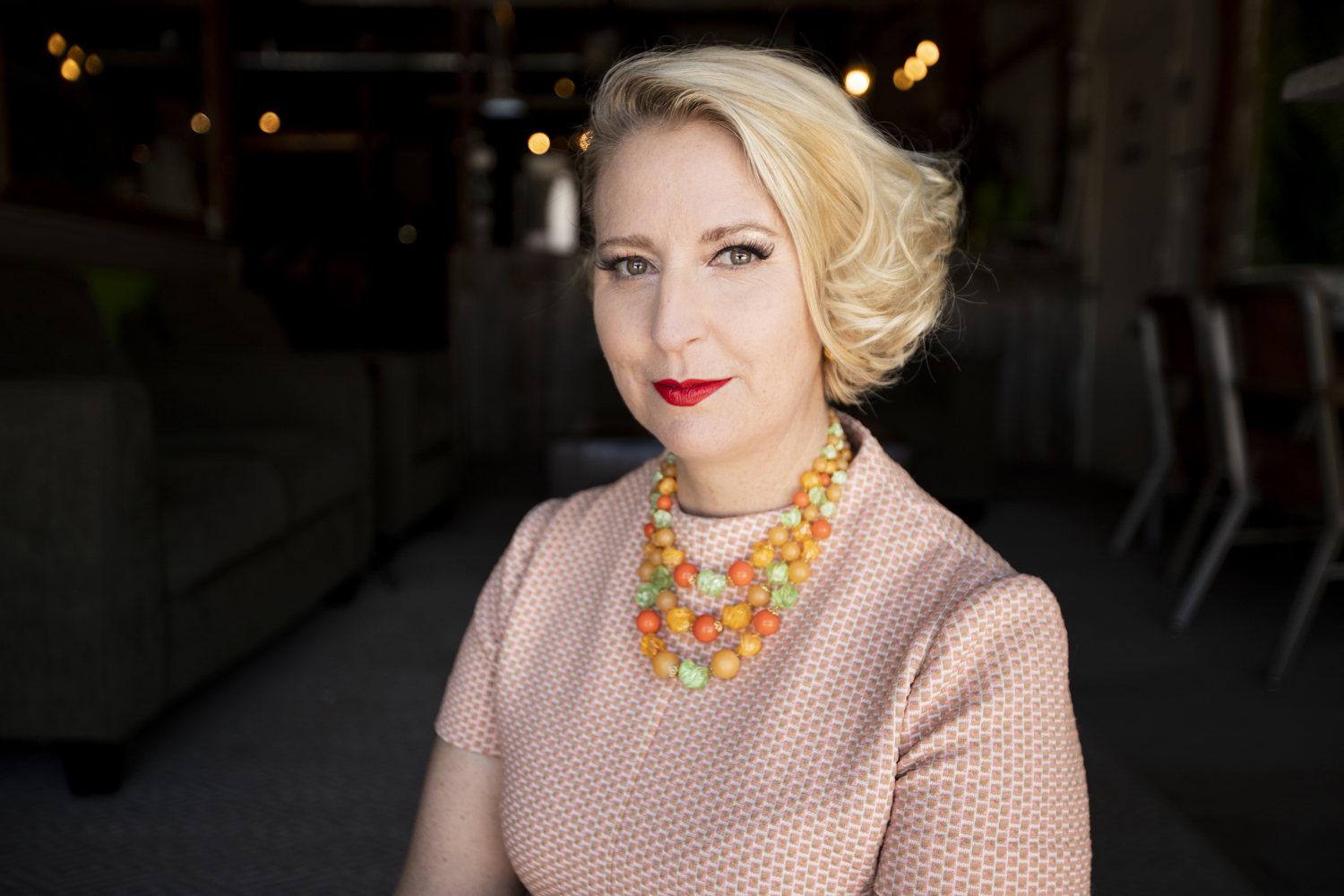
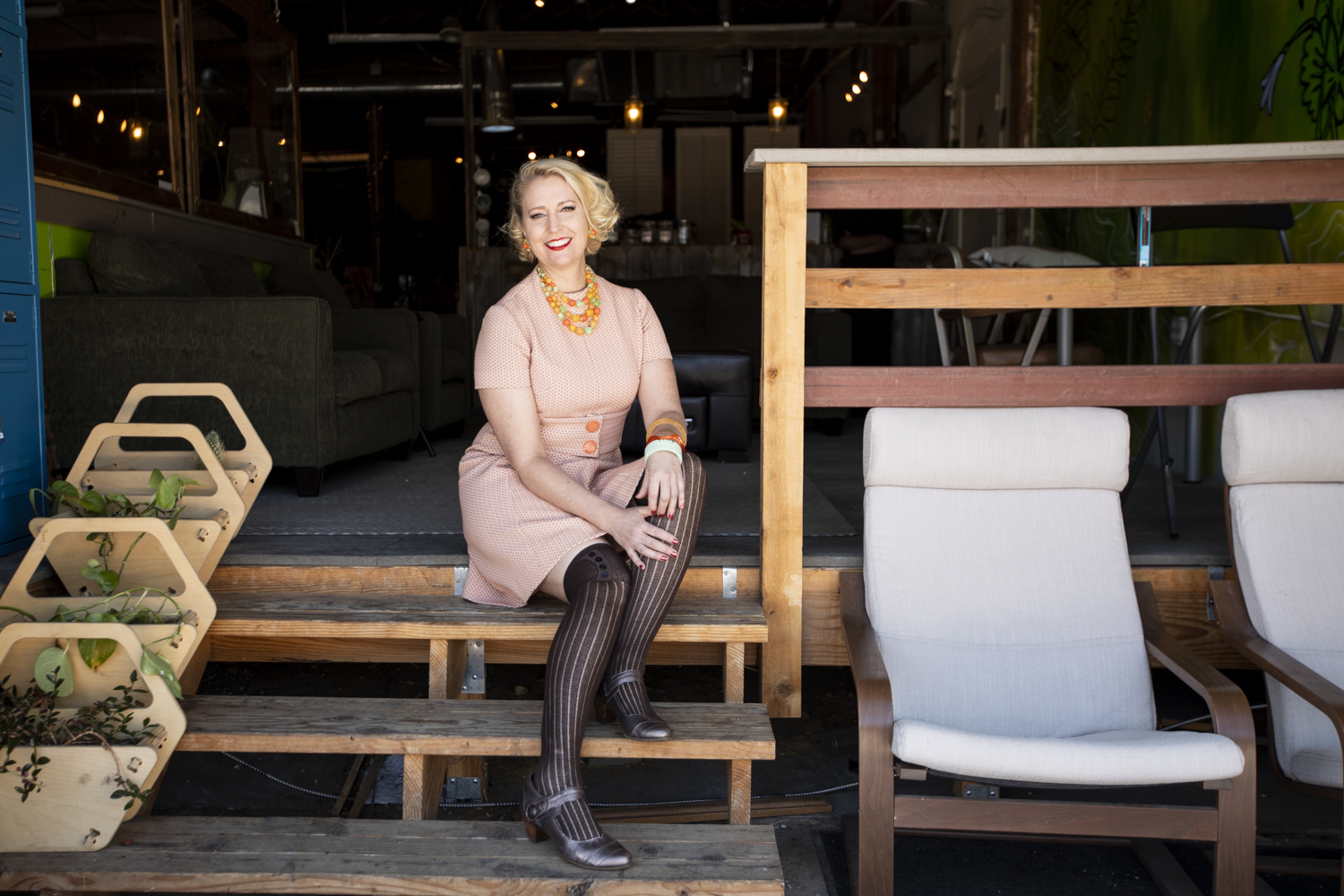
Is there a reason why the word ‘woman’ is pluralized in the title? If you are looking to hire an editor, I am worth the money.
AND The last question says “what does a sustainable closet mean to for you?”
They printed this in 3O3 magazine?
We are working on resolving the current issue. We appreciate your patience and understanding.
“Beacon” should probably be “beckon”.